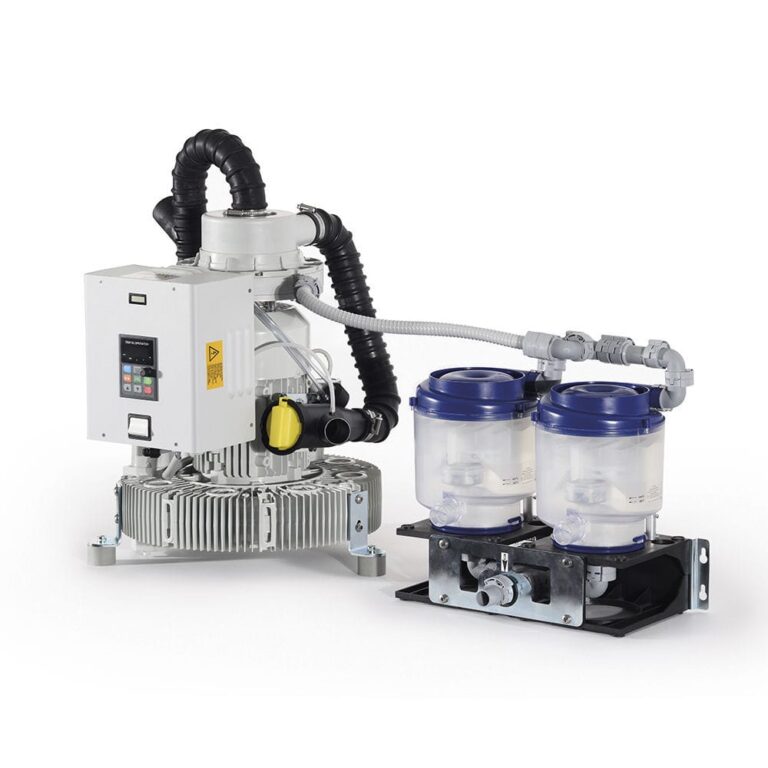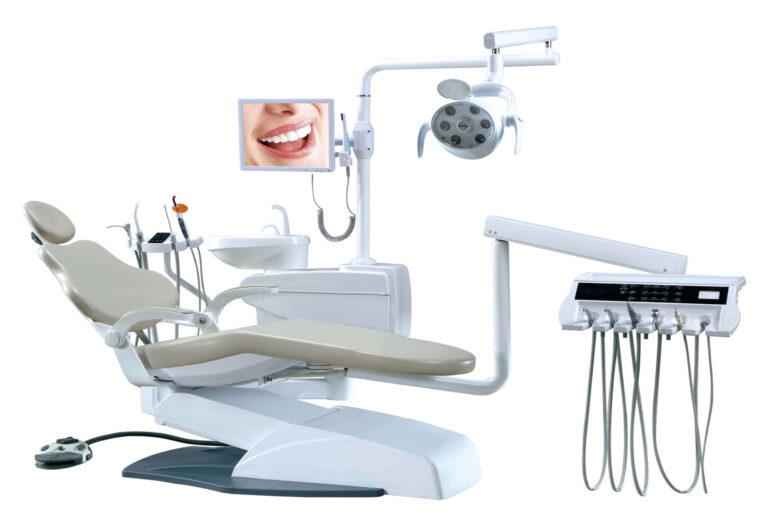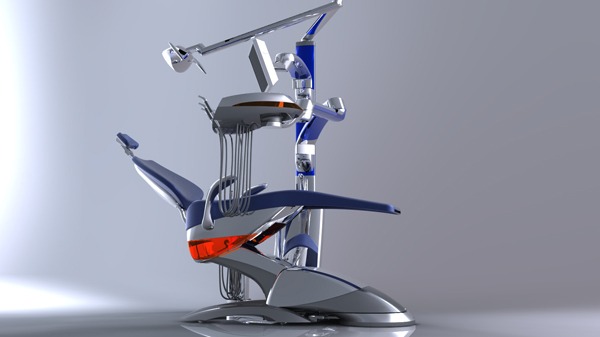Cartoons have long been a beloved form of entertainment for children, but they can also serve as powerful educational tools. The Full Cartoon Kids Unit is a comprehensive approach to using cartoons in the classroom and at home to engage children and enhance their learning experience. In this guide, we’ll explore the benefits of educational cartoons, the key features to look for, and how to effectively incorporate them into your teaching or parenting strategy.
The Power of Educational Cartoons
Educational cartoons have the unique ability to capture children’s attention and make learning fun. By presenting complex concepts in a simplified, visually appealing manner, cartoons can help children better understand and retain information. Studies have shown that students who learn through a blend of traditional teaching and animations score higher on assessments compared to those who learn through traditional methods alone.
Cartoons also have the power to increase engagement and enthusiasm for learning. When animations are used, students are more eager to watch and learn, indicating that kid cartoon shows can be a powerful tool for capturing and maintaining children’s attention.
Key Features of Effective Educational Cartoons
When selecting educational cartoons for your children, it’s important to look for certain key features that ensure the content is both engaging and effective. Here are some things to consider:
1. Age-Appropriate Content
Choose cartoons that are designed for your child’s specific age group. This ensures that the content is neither too simplistic nor too complex, and that it aligns with your child’s developmental stage.
2. Clear Educational Goals
Look for cartoons that have clear educational objectives, whether it’s teaching language skills, mathematical concepts, scientific principles, or problem-solving abilities. The best educational cartoons seamlessly integrate learning into the storyline.
3. Engaging Characters and Storylines
Cartoons with relatable characters and engaging storylines are more likely to capture and maintain children’s attention. Look for shows that feature a bit of conflict, some bad guys (who aren’t too scary), and otherworldly characters such as superheroes, aliens, and dragons.
4. Interactive Elements
Many educational cartoons include interactive elements that encourage children to actively participate in the learning process. This could involve solving puzzles, answering questions, or singing along with the characters.
5. Positive Messages
In addition to educational content, the best cartoons for kids also promote positive values such as friendship, sharing, perseverance, and kindness. Look for shows that reinforce the life lessons you want to instill in your children.
Top Educational Cartoons for Kids
With so many educational cartoons available, it can be challenging to know where to start. Here are some of the top-rated picks that combine learning with entertainment:
- Sid the Science Kid: This show uses humor and curiosity to get kids excited about science, encouraging them to ask questions and seek answers.
- Wild Kratts: Children learn about animals and their habitats through the adventures of two brothers who travel the world using their creature power suits.
- Cyberchase: This animated series takes children on adventures in a digital universe, teaching math and problem-solving skills along the way.
- WordGirl: Designed to enhance vocabulary skills, WordGirl follows the adventures of a superhero who fights crime using her extraordinary vocabulary.
- Dora the Explorer: Join Dora on interactive quests filled with learning and discovery, helping children develop their language and problem-solving abilities.
Incorporating Cartoons into Learning
Once you’ve selected appropriate educational cartoons for your children, the next step is to effectively incorporate them into your teaching or parenting strategy. Here are some tips:
1. Use Cartoons as a Springboard for Discussion
After watching an educational cartoon, engage your children in a discussion about the concepts covered. Ask open-ended questions that encourage them to reflect on what they learned and how it applies to their own lives.
2. Pair Cartoons with Hands-On Activities
Reinforce the lessons taught in educational cartoons through hands-on activities and experiments. For example, after watching an episode about the water cycle, have your children create their own water cycle model using a plastic bag, water, and a sunny window.
3. Create a Balanced Media Diet
While educational cartoons can be a valuable learning tool, it’s important to create a balanced media diet for your children. The American Academy of Pediatrics recommends no more than 1 hour of high-quality programming per day for children ages 2-5. Make sure to balance screen time with other activities such as outdoor play, reading, and face-to-face interaction.
4. Monitor and Discuss
As with any media content, it’s crucial to monitor what your children are watching and discuss it with them. Pay attention to the messages and values conveyed in the cartoons, and use them as an opportunity to reinforce your own family’s values.
The Future of Educational Cartoons
As technology continues to advance, so too does the potential for educational cartoons to revolutionize learning. With the rise of interactive e-books, children can now engage with animated stories in entirely new ways, using features such as embedded games, clickable hotspots, and responsive feedback.
Augmented reality (AR) and virtual reality (VR) are also poised to transform the educational cartoon landscape. Imagine your child being able to step inside their favorite cartoon world, interacting with characters and solving problems in an immersive, multi-sensory environment. While still in its early stages, the potential for AR and VR in education is immense.
Conclusion
Educational cartoons are a powerful tool for engaging children and enhancing their learning experience. By selecting age-appropriate content with clear educational goals, engaging characters, and positive messages, you can harness the power of cartoons to make learning fun and effective. As technology continues to evolve, the potential for educational cartoons to revolutionize learning is limitless. By incorporating cartoons into a balanced media diet and using them as a springboard for discussion and hands-on activities, you can help your children develop a lifelong love of learning.
When it comes to dental education, cartoons can be particularly effective in helping children understand the importance of oral hygiene and overcoming any fears they may have about visiting the dentist. By creating engaging, informative content that demystifies the dental experience, we can help set children on the path to a lifetime of healthy smiles.
At NFFE Dental, we’re committed to providing dental professionals with the resources and information they need to deliver the highest quality care to patients of all ages. From in-depth guides on dental chairs and accessories to tips for creating a welcoming environment for pediatric patients, we’re here to support you every step of the way. Together, we can harness the power of education and innovation to transform the dental experience for patients of all ages.
What are the benefits of a child-friendly dental unit?
Child-friendly dental units can reduce anxiety, make dental visits more enjoyable, and encourage positive associations with dental care, leading to better cooperation and outcomes.
How do innovations in pediatric dental equipment enhance the experience?
Innovations such as interactive games and educational tools integrated into dental units can distract and educate children, making dental procedures less intimidating.
Why is specialized training important for pediatric dentists?
Specialized training equips pediatric dentists with the skills to create a calming atmosphere, communicate effectively, and provide tailored care to young patients.






